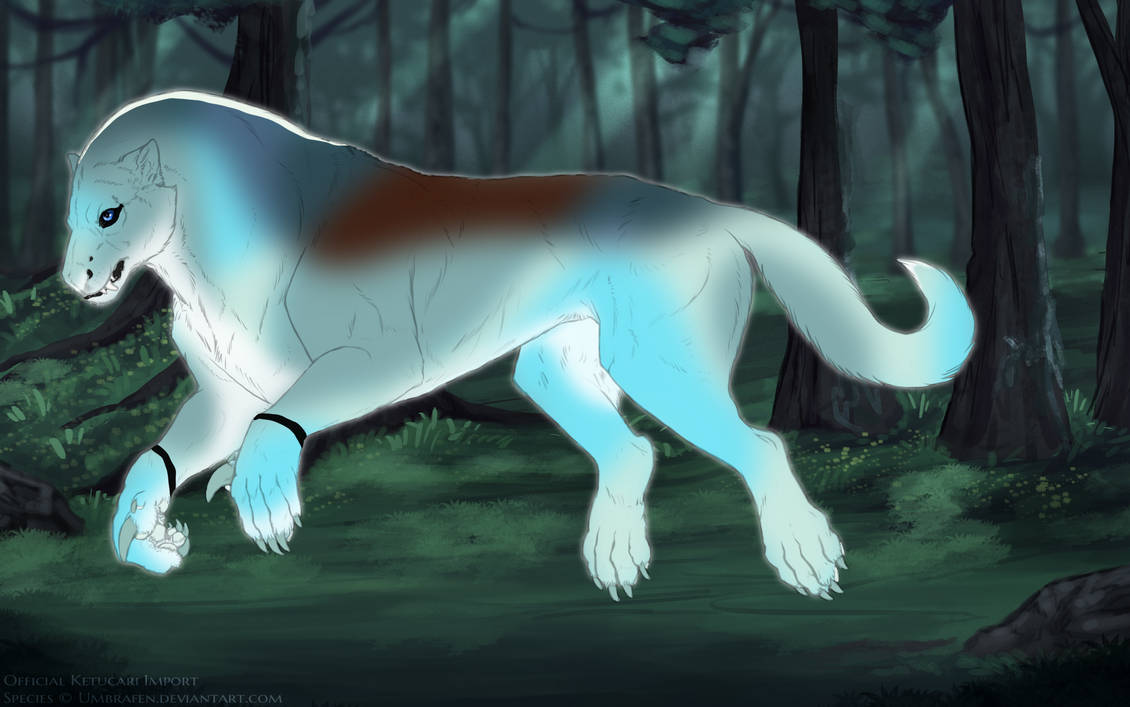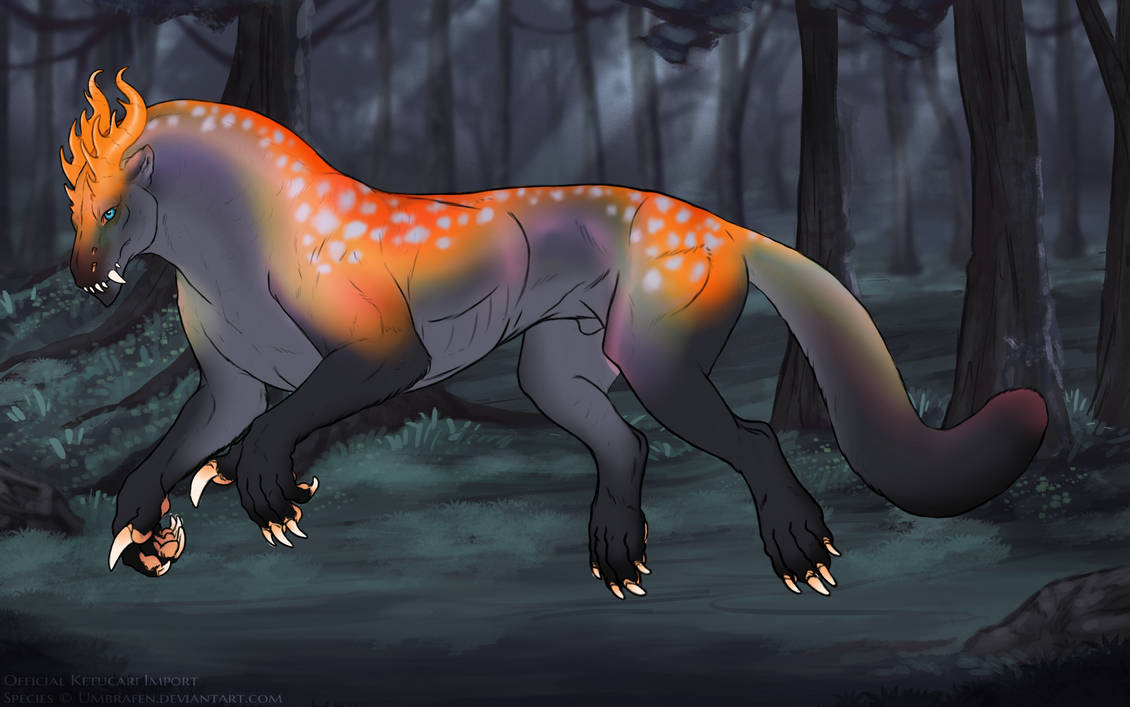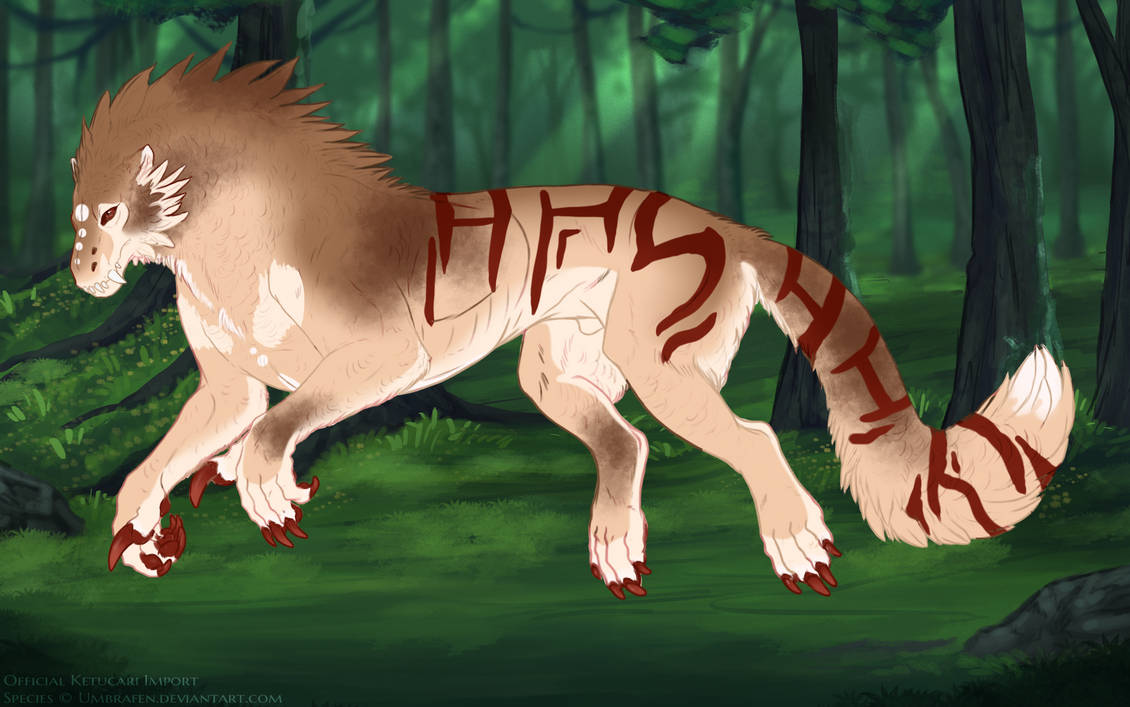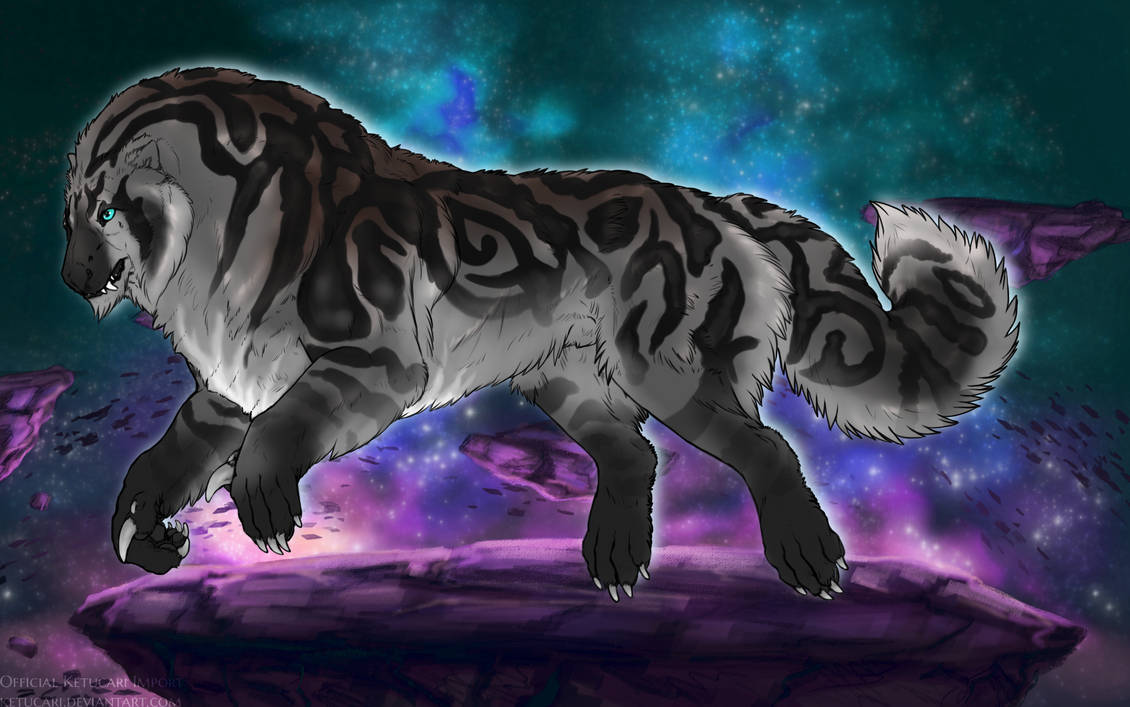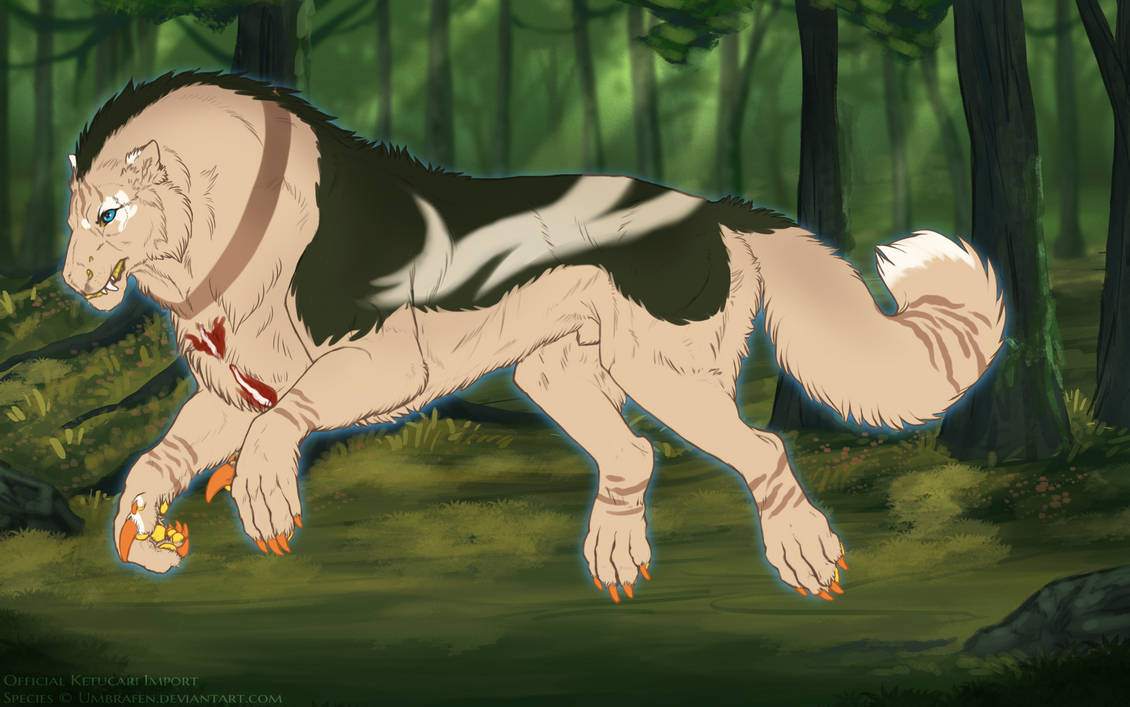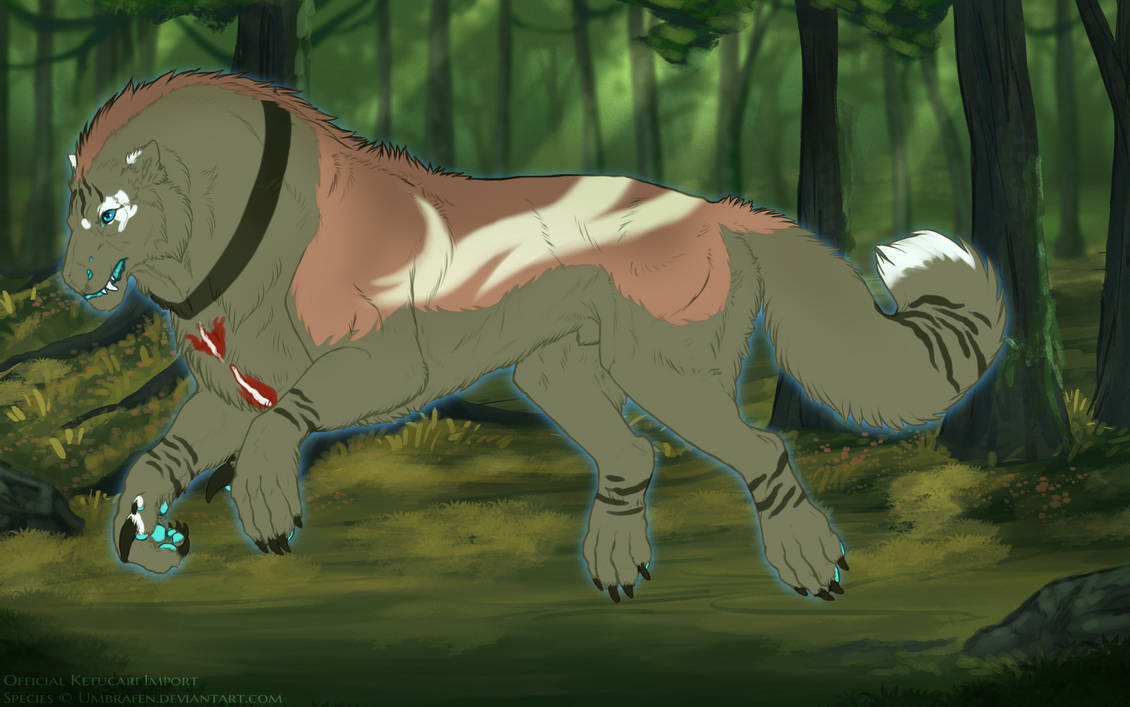Segment
Examples
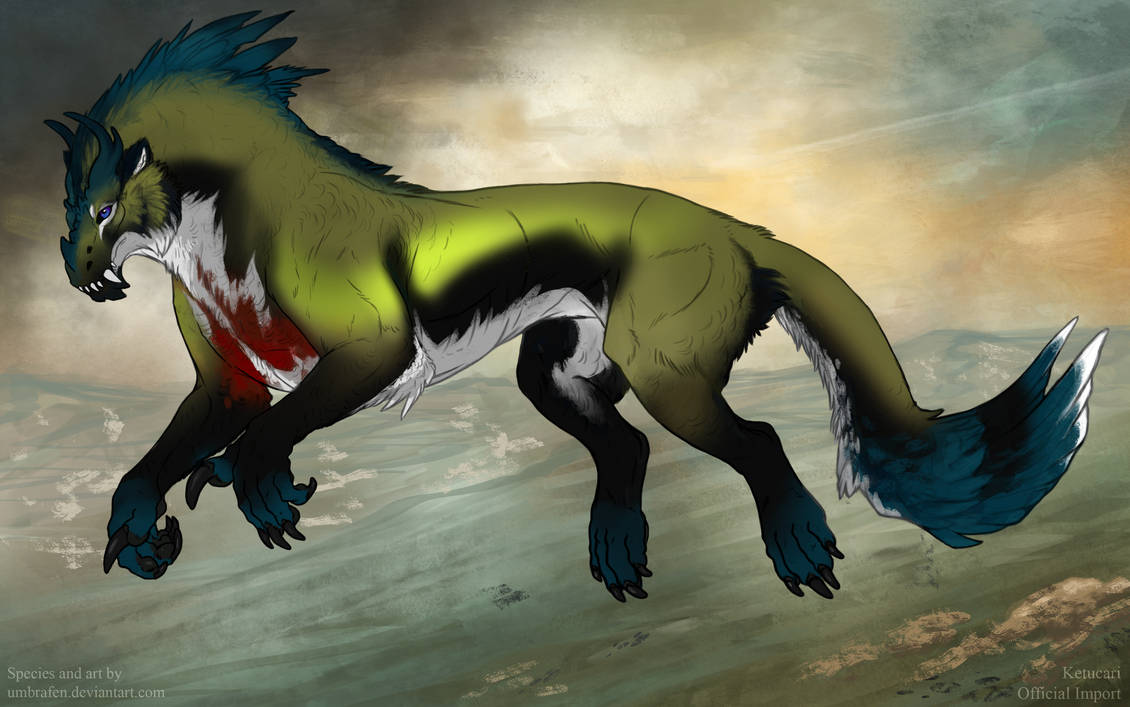
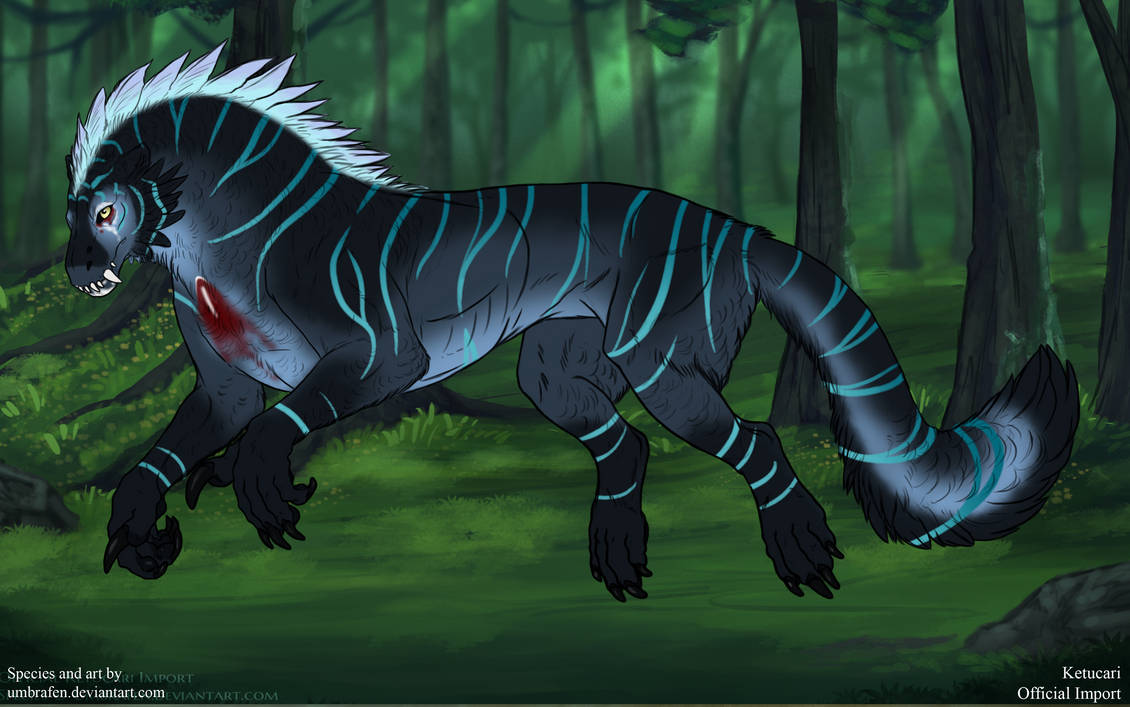
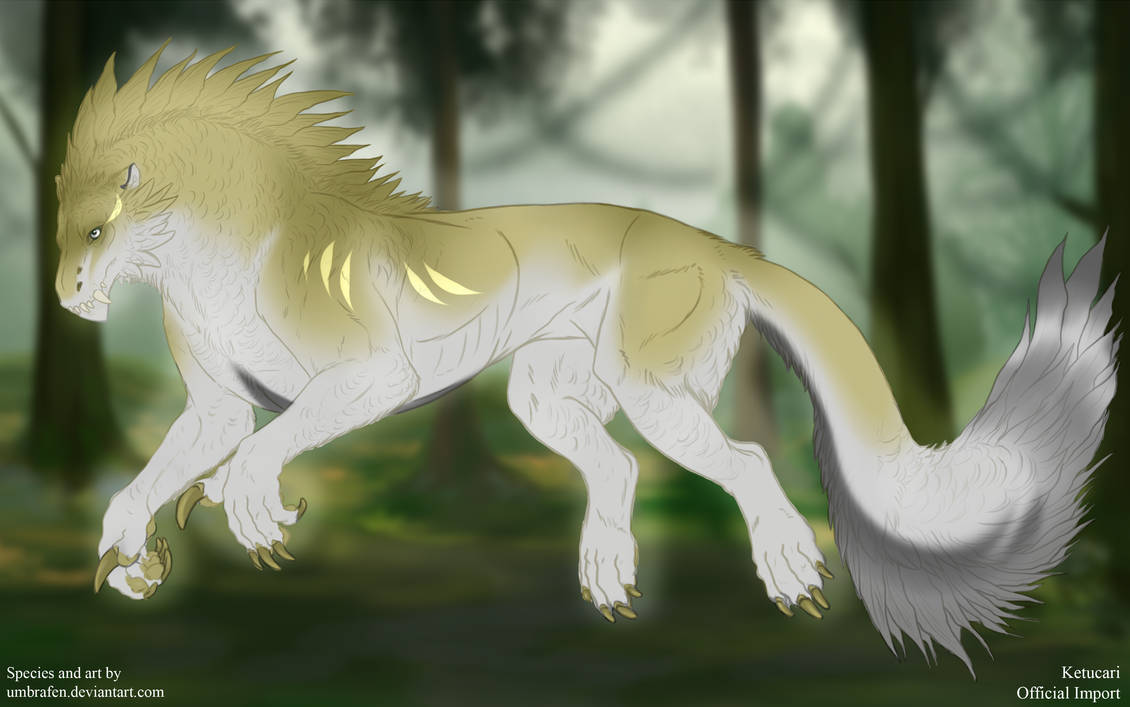
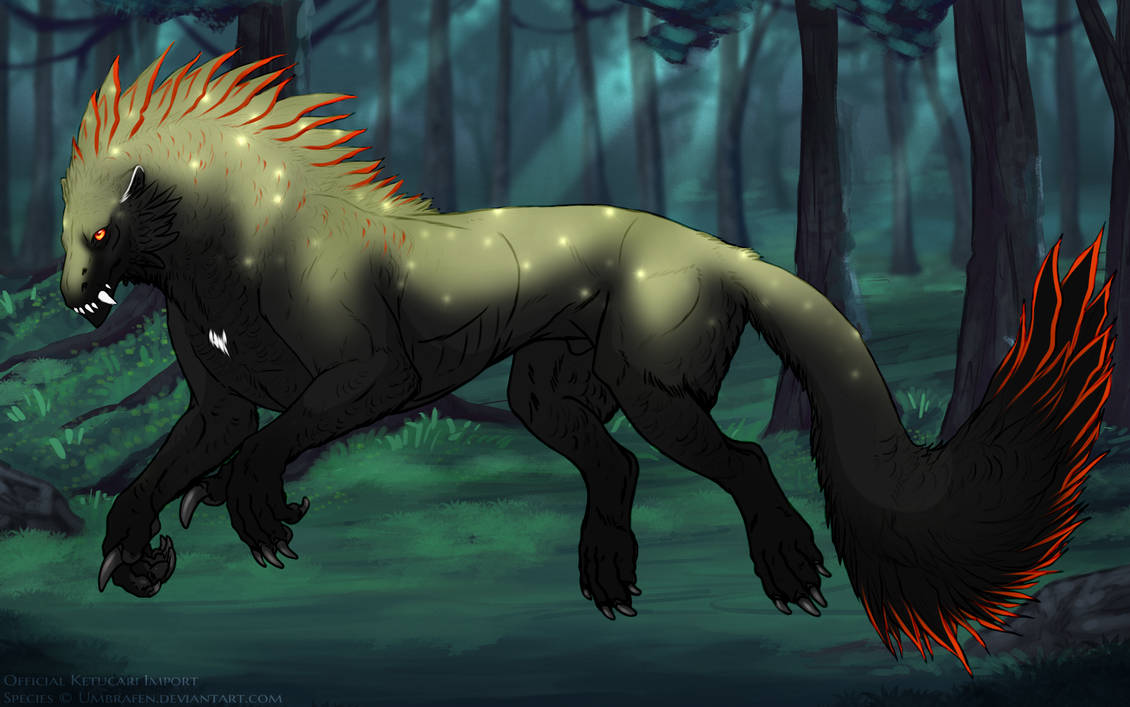
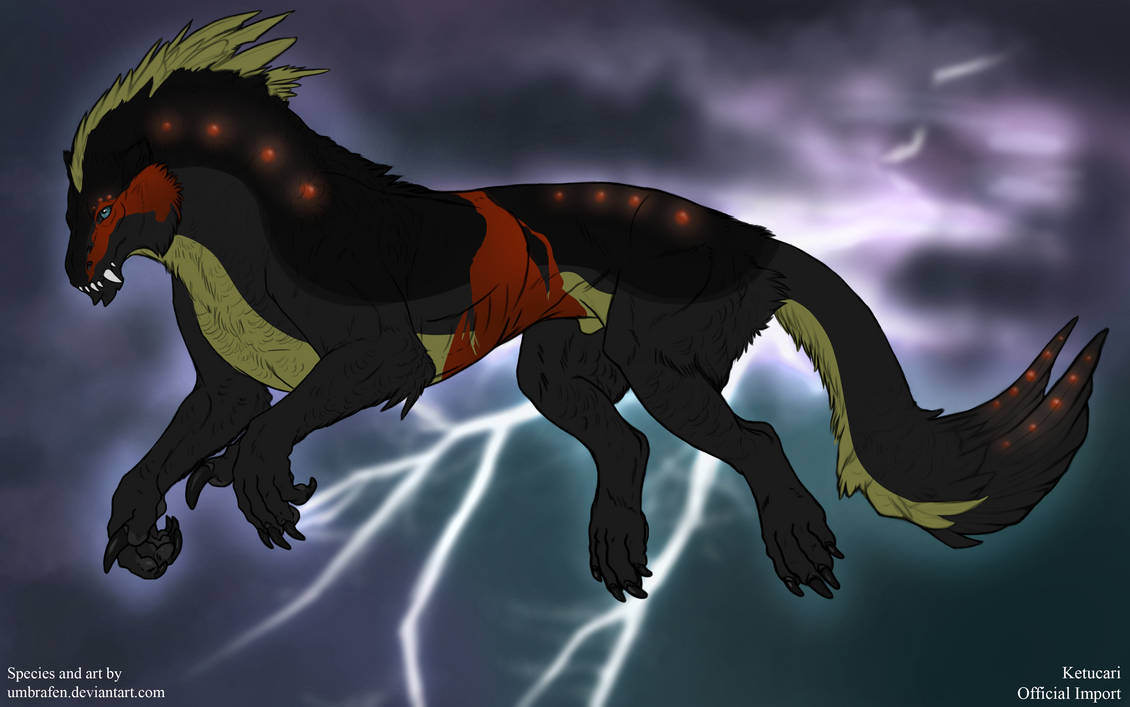
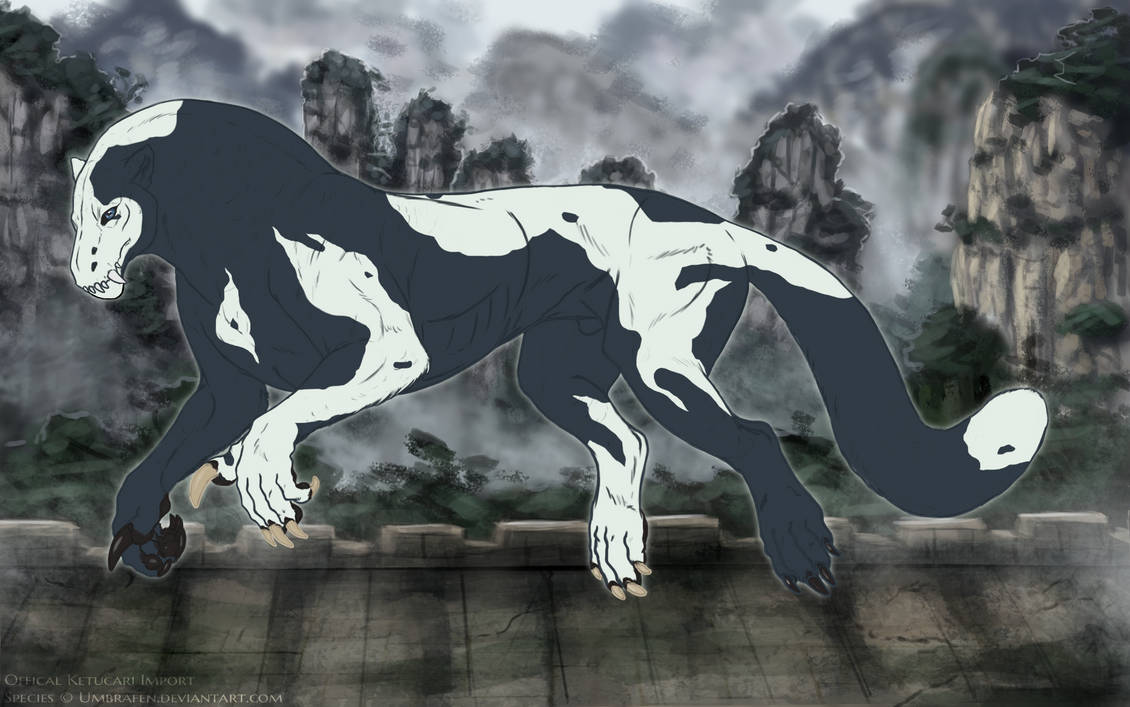
Basics
Color and Shape
The segmented color must be picked from the swatch of the modified base. Admins will color pick when judging designs to be sure they match up. This includes genes with a gradient. If a marking is gradiented (lacing, sable, etc.) the area of the mark closest to the spine or center of the mark should have a clear area of color able to be swatched with no overlays to change the color.
Opal segmented to webbing, revealing the original brown coat:
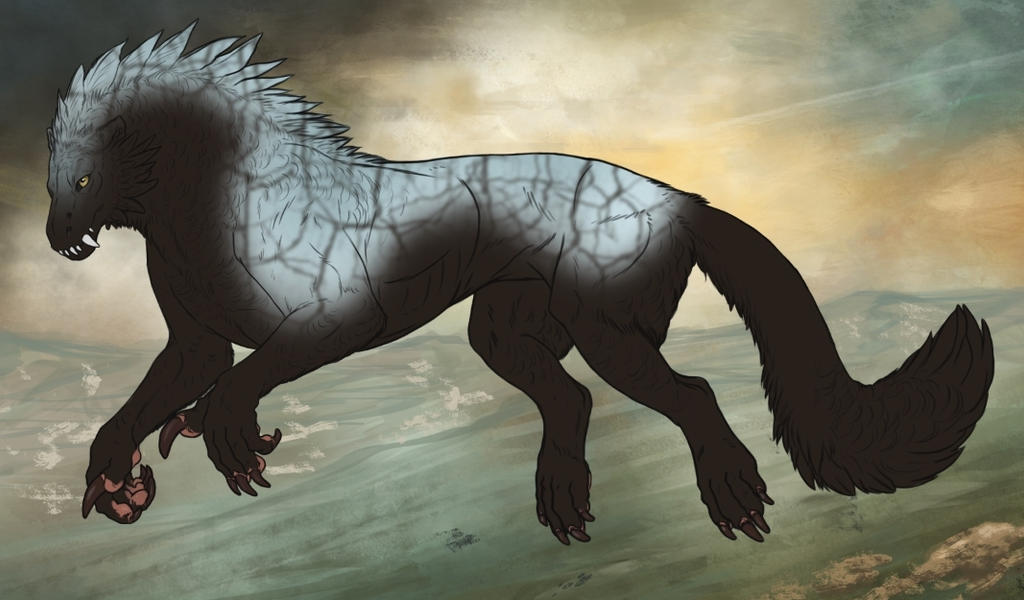
Flaxen jade segmented to dusky points, revealing the original charcoal coat:
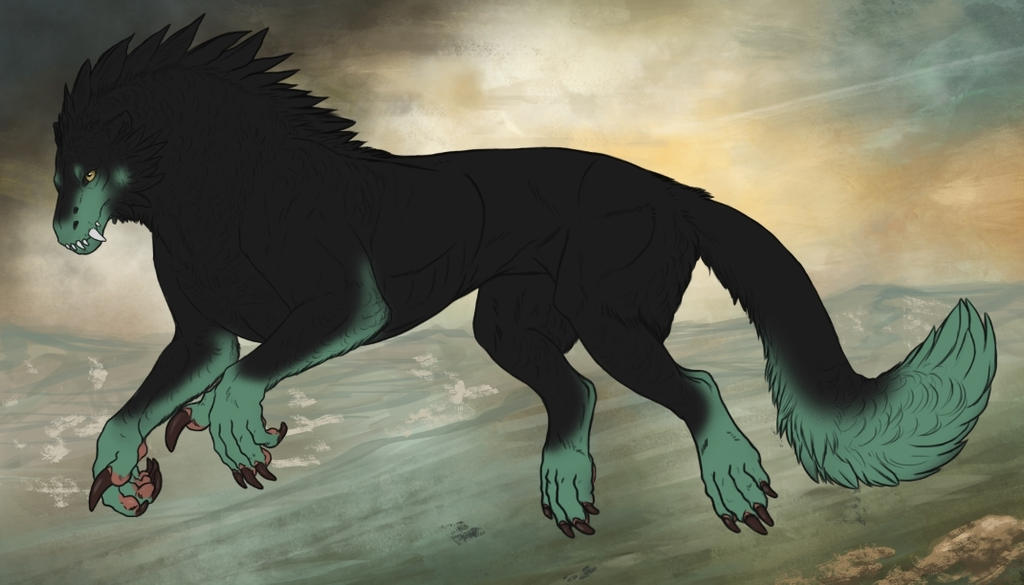
To add another layer of design options, if a ketucari has two or more color modifiers, you can do something like below. This ketucari (originally charcoal) has tint, vivid, and smokey. Instead of segmenting the smokey green to the charcoal, the the smokey green has been segmented to strand+marble on green. Another example of this would be segmented violet to lilac rather than buff.
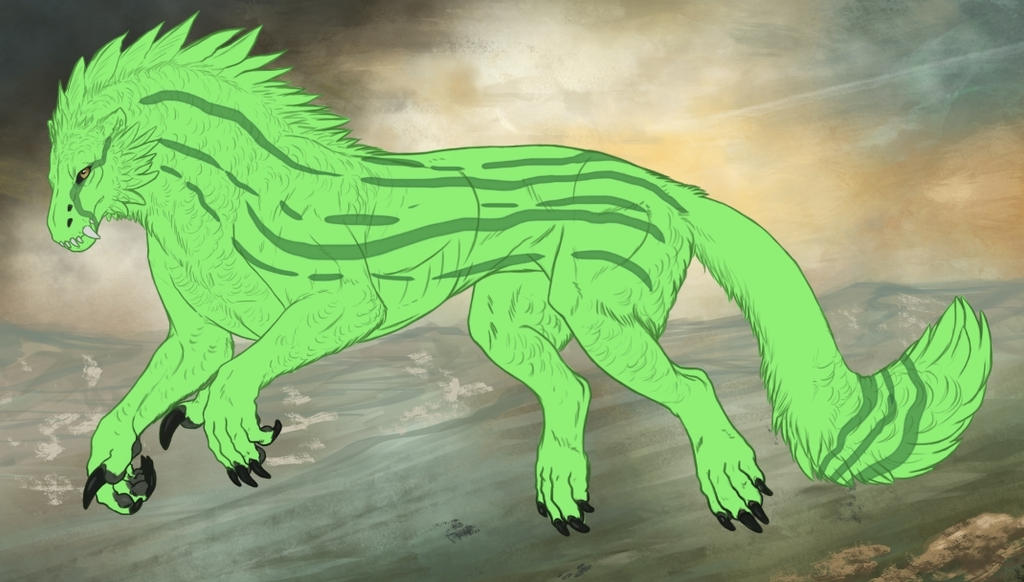
As of 8/20/18, segment may also do the REVERSE of the above, restricting the original base coat to a marking on the modified coat, as below:
Buff restricted to webbing on lilac:
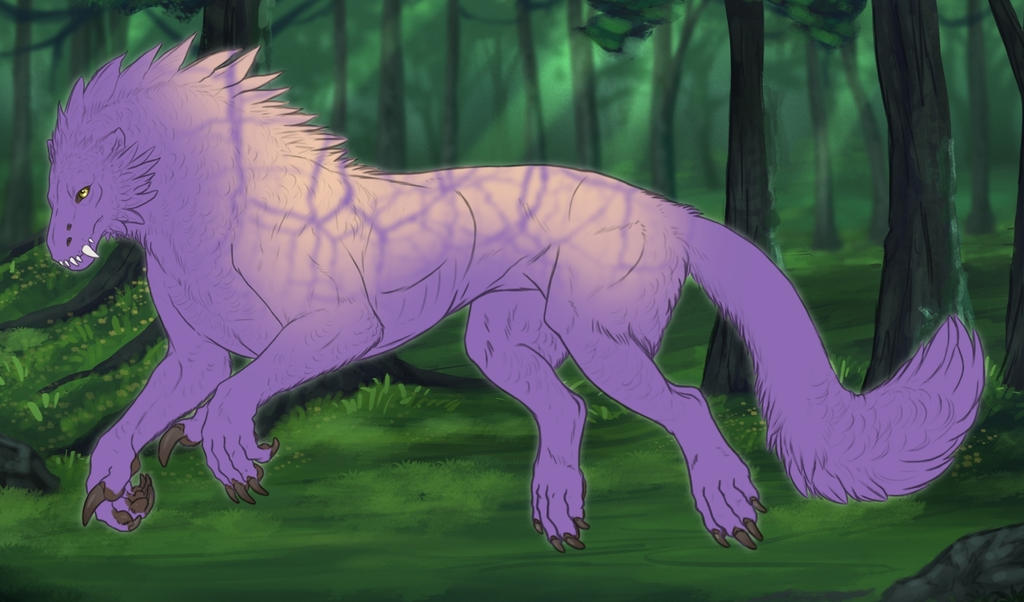
Brown restricted to sable on blue:
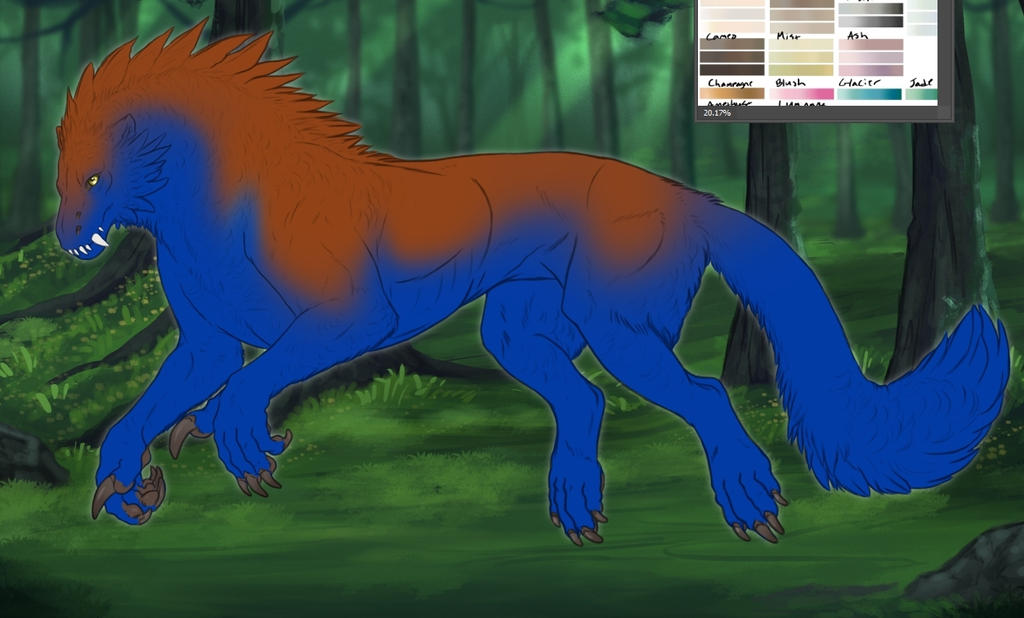
Range
Interaction with Other Markings
segment will not be visible. It can still be carried and pass on to the ketucari's offspring, however.
Barring
Brindle
Charring
Dapple
Dusky Points
Gecko
Hood
Koi
Lace
Mantle
Marble
Melanistic Pastel
Ray
Sable
Spotting
Strand
Striping
Tar Pit
Webbing
Accents
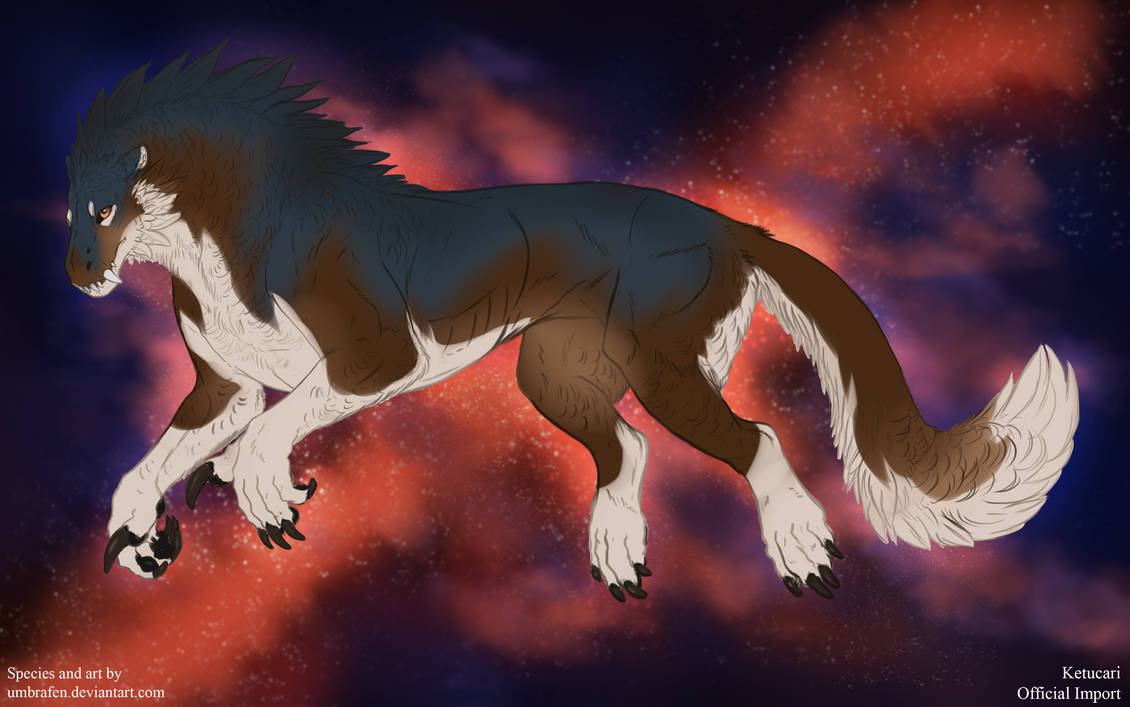
UNNATURAL MODIFIER
Unnatural segmented (+Un, looking like nSg+Un in the genotype) works exactly like your typical Segmented, except instead of restricting color genes and modifiers to a gene, Unnatural Segmented restricts a color mutation to a gene. This modifier has a 60% pass rate.
Like regular Segmented, Unnatural Segmented can also use the mutation as a base and restrict the original coat color as a marking’s color.
Unnatural Segmented uses the same gene list as regular Segmented. Lintosi and Chimera cannot be modified by Unnatural Segmented.
Chromata can be modified by Unnatural Segmented, but the modifications must show in the secondary image. Like always with segmented, they can show the modified marking in the shifted color, or the base as the shifted color and the modified marking as the original base.
